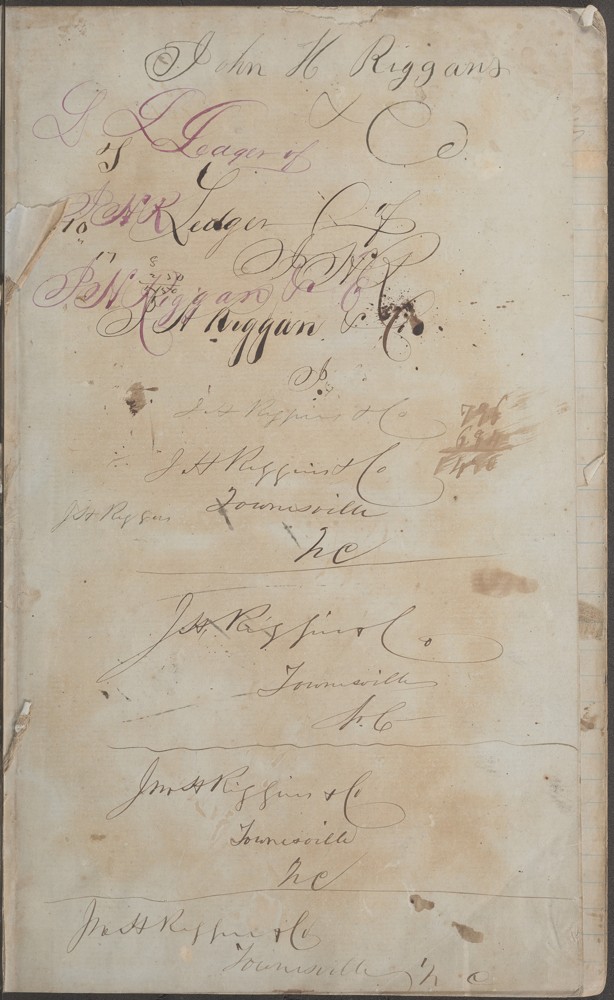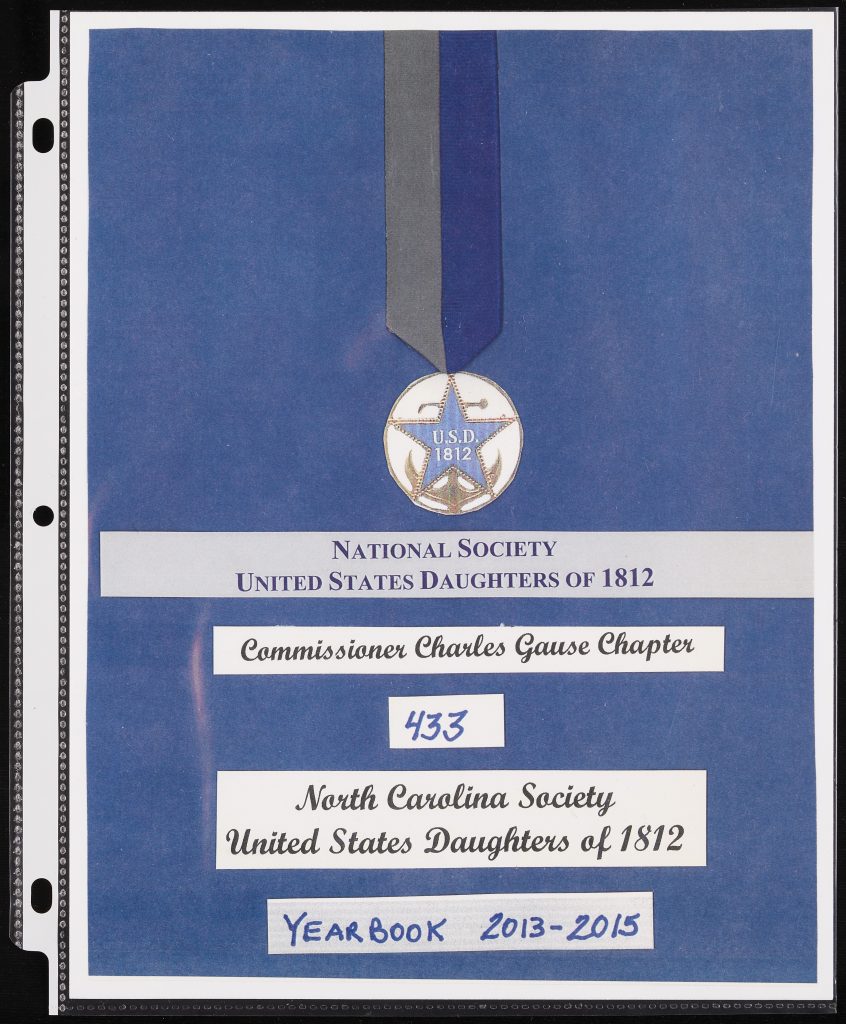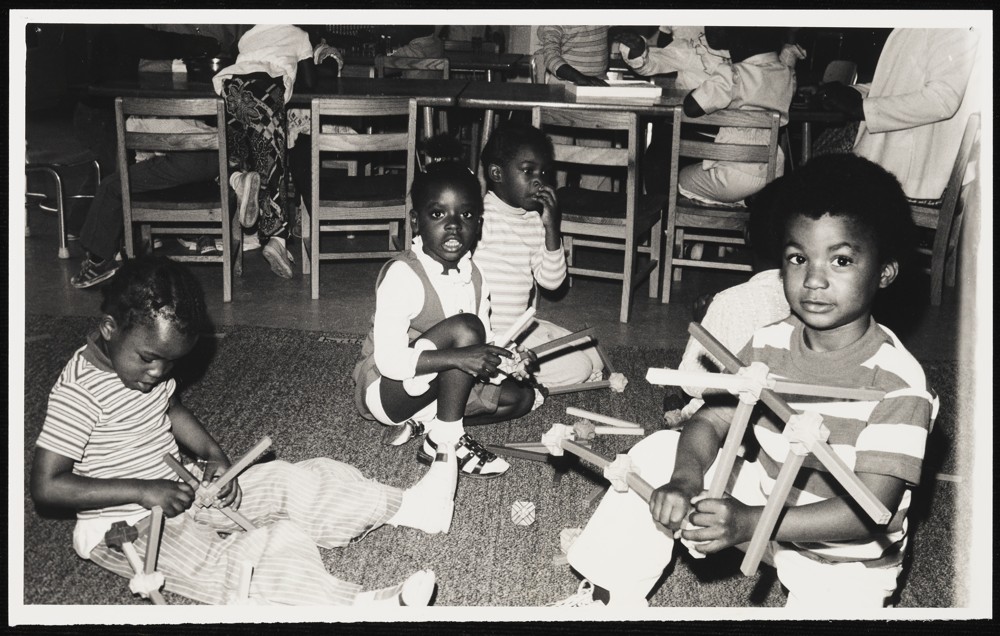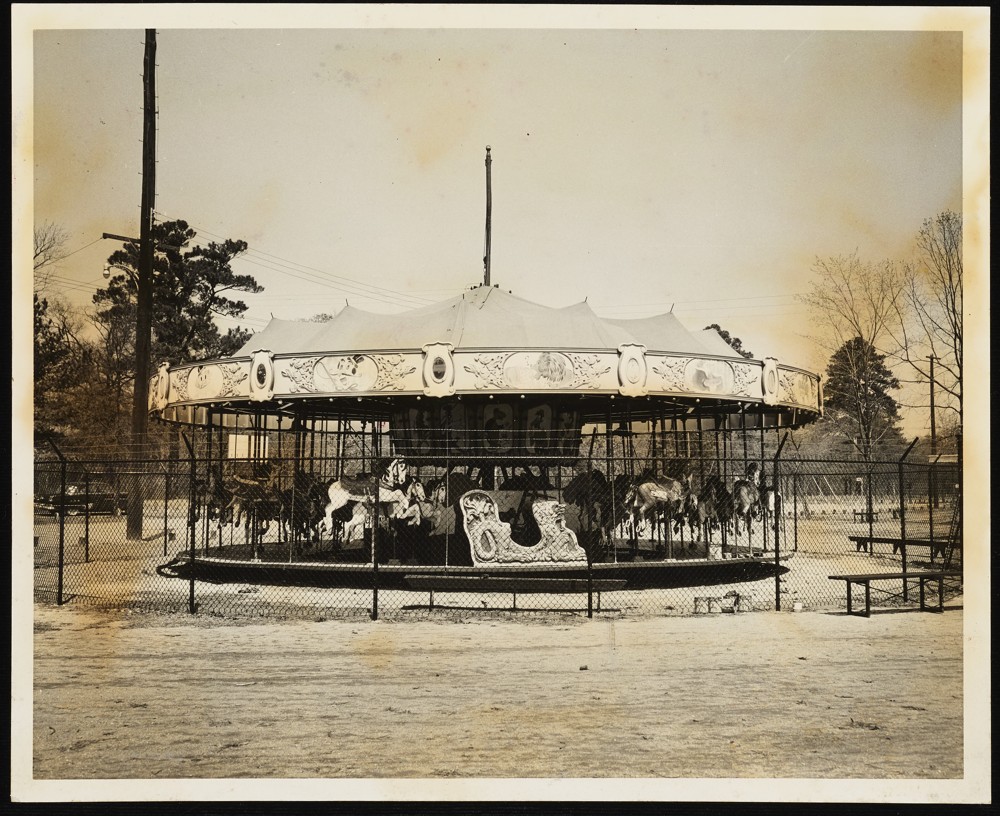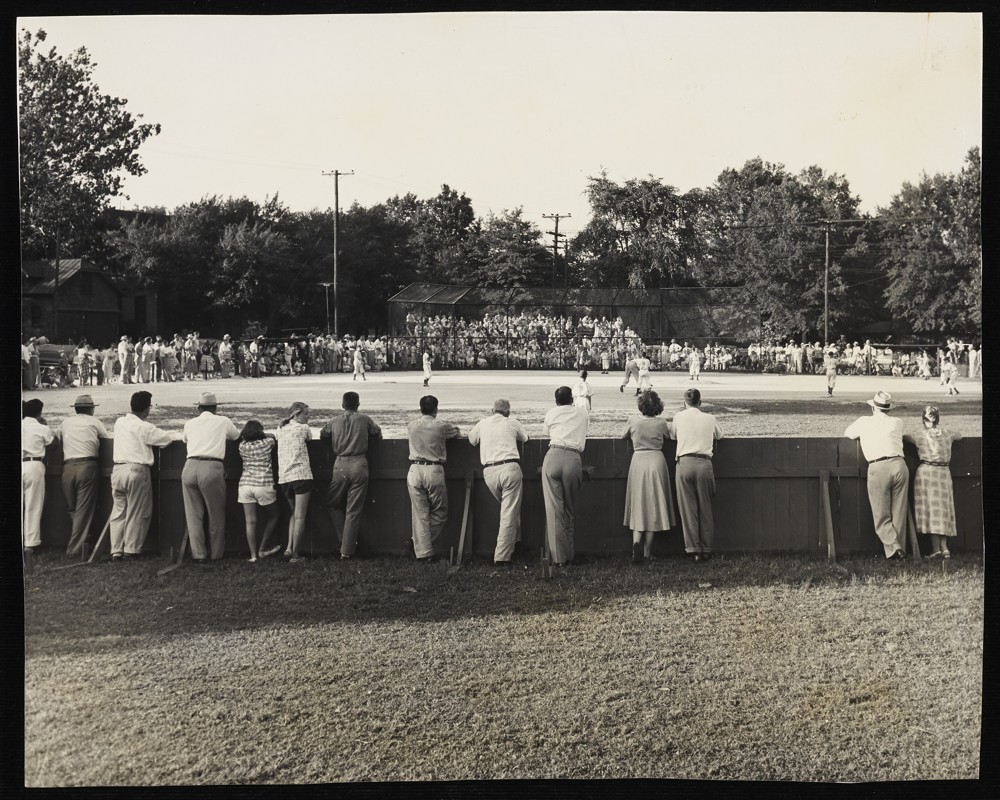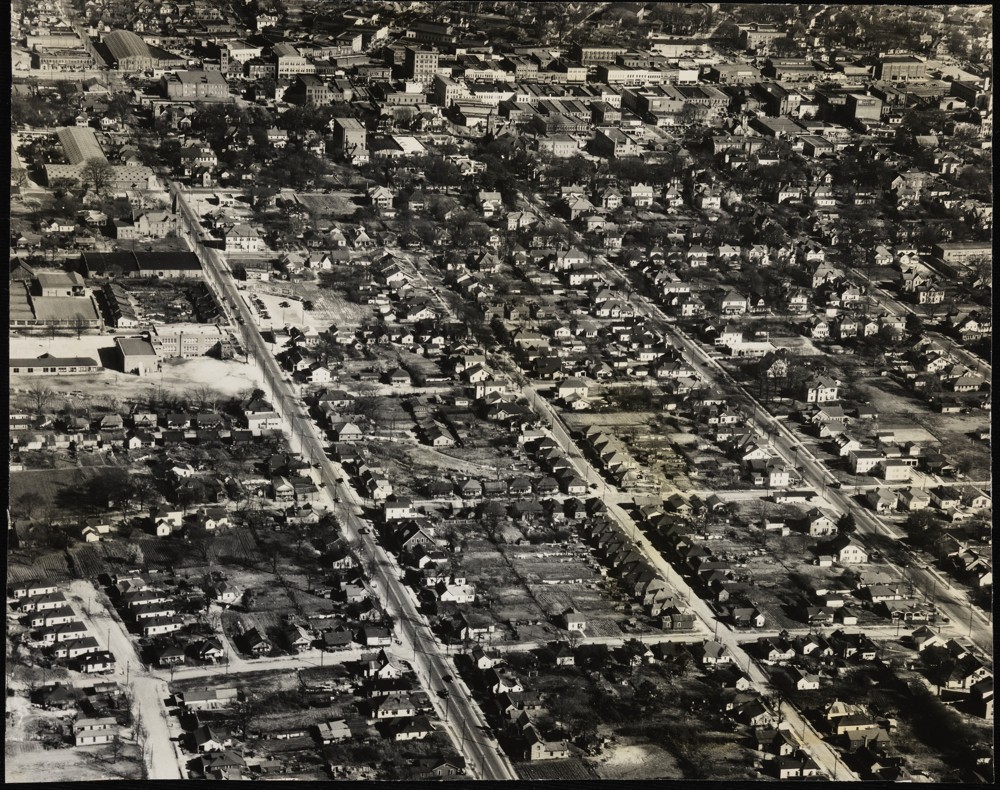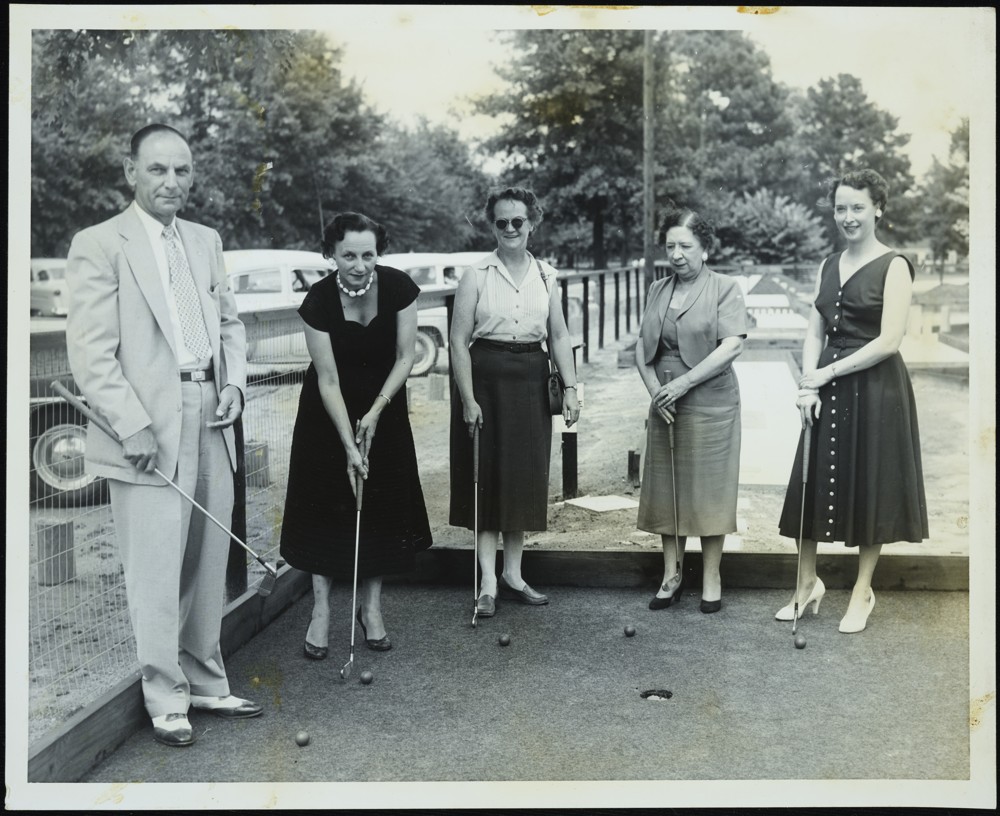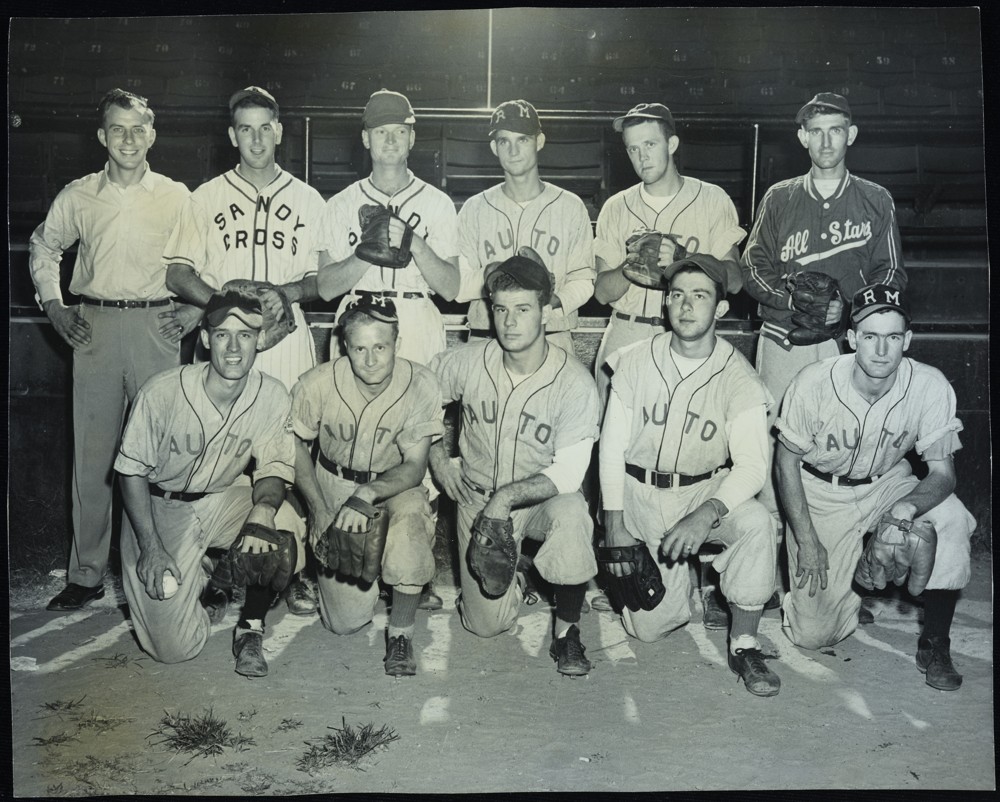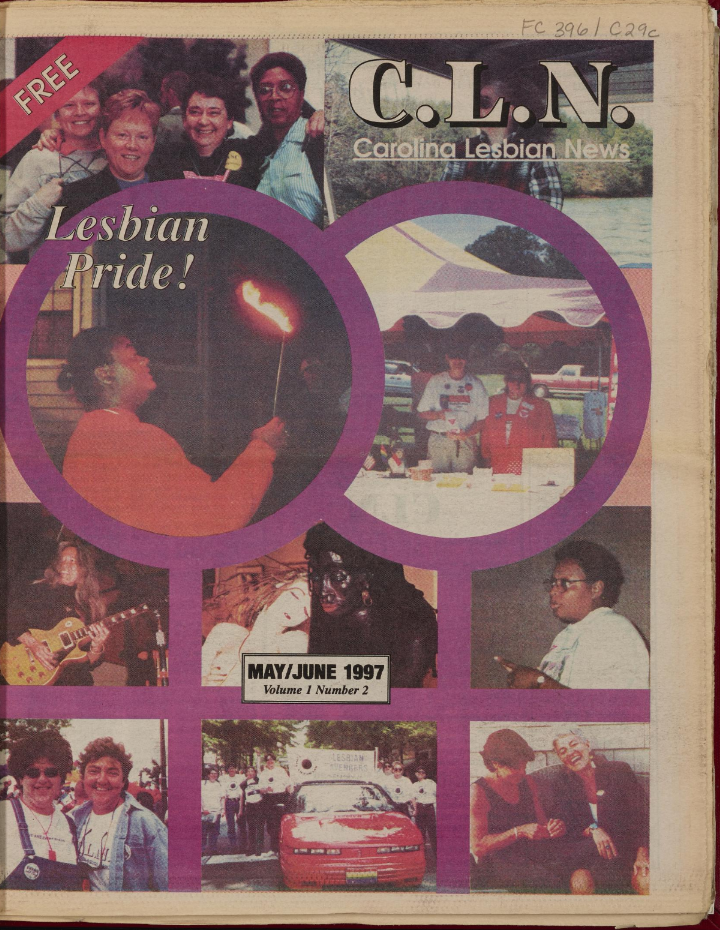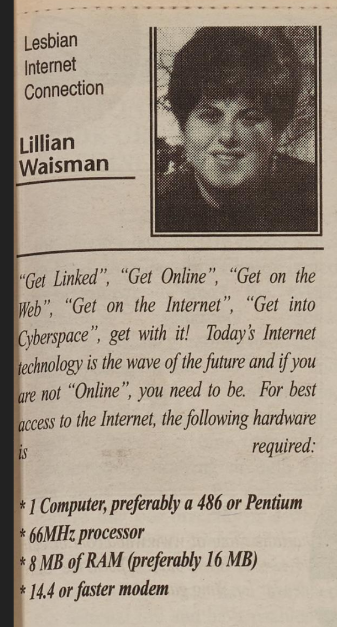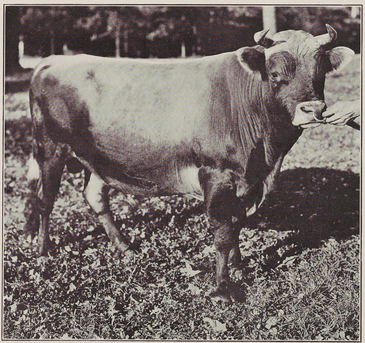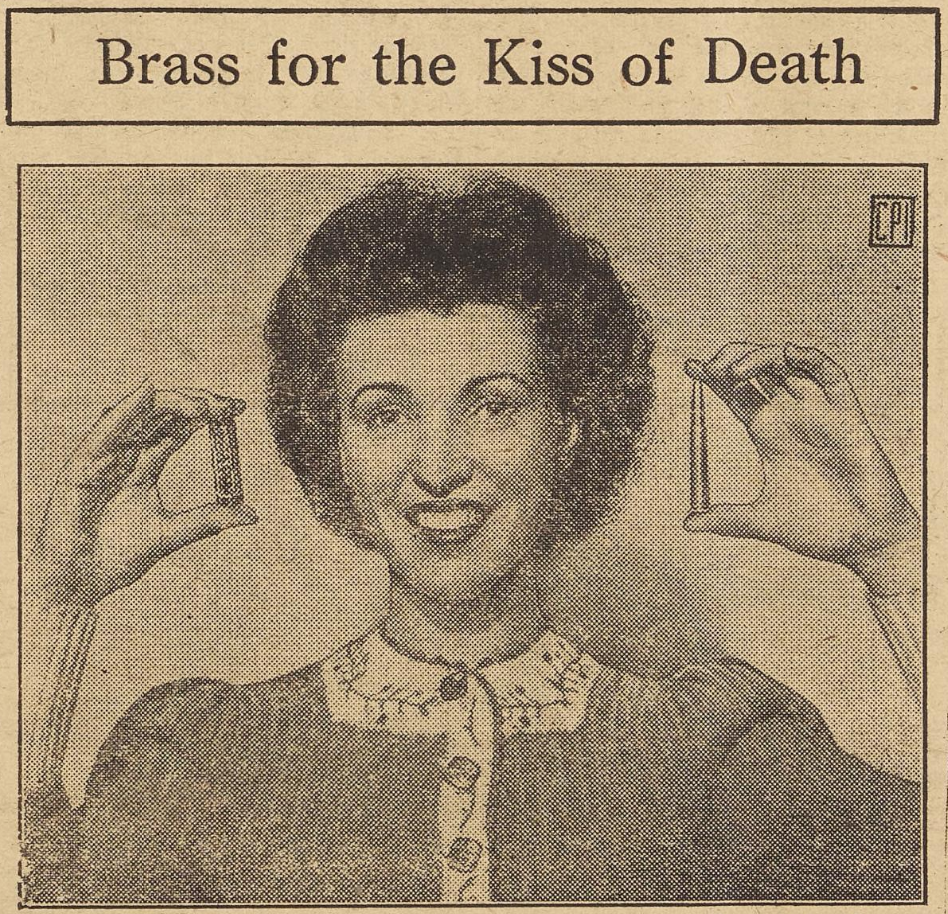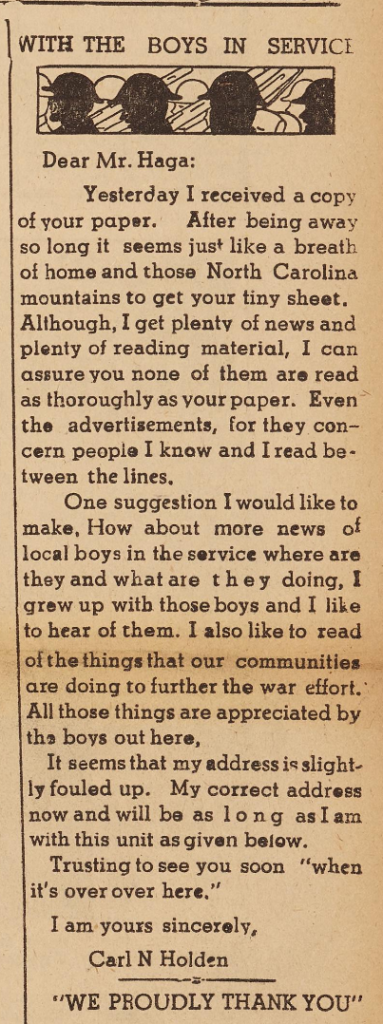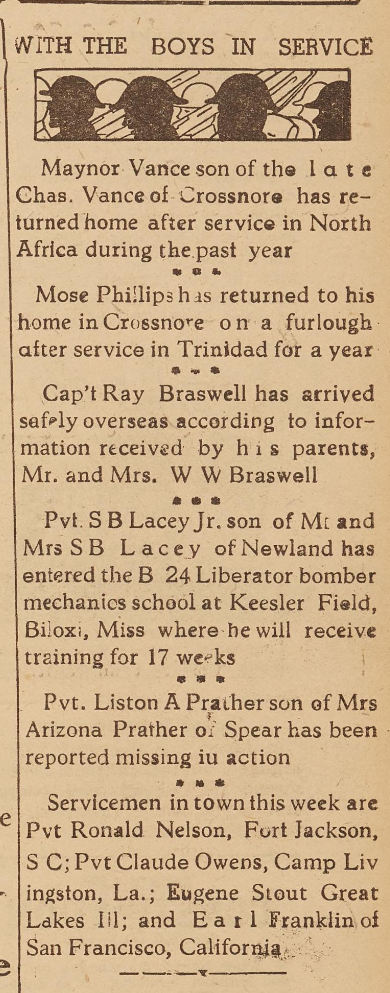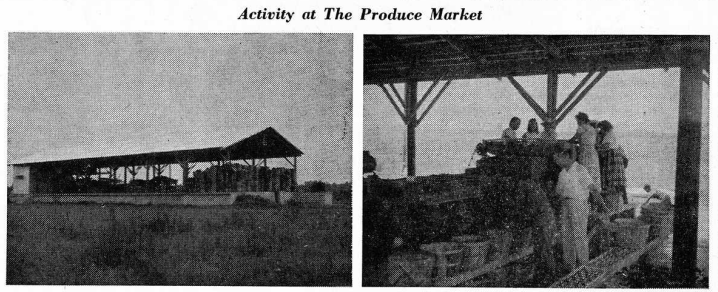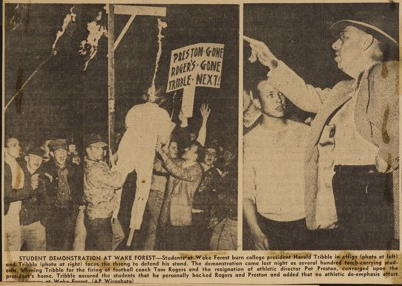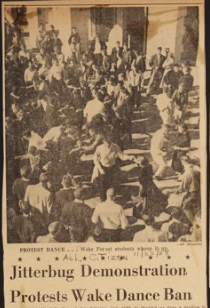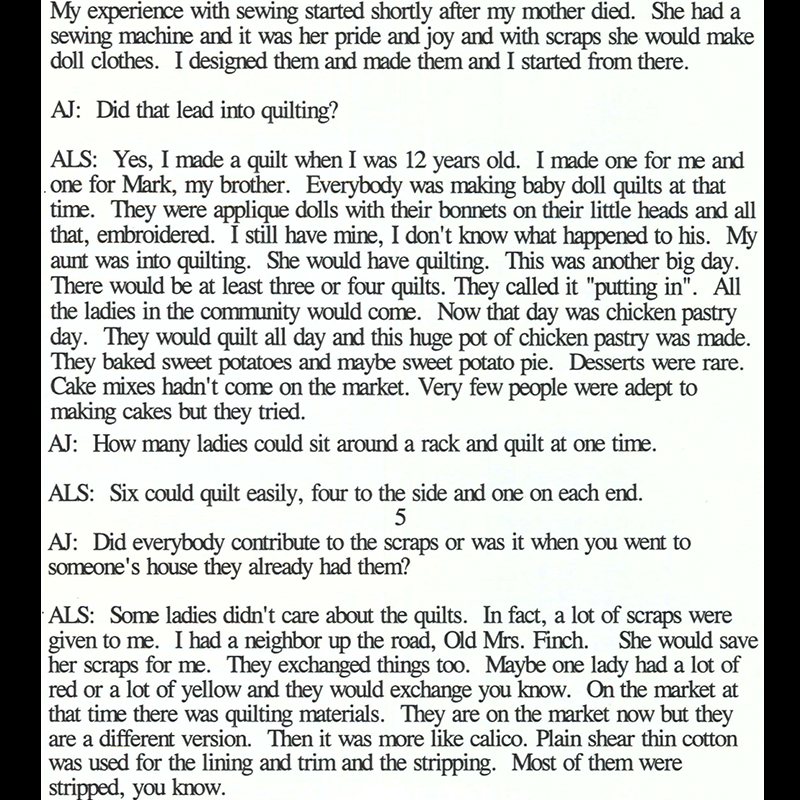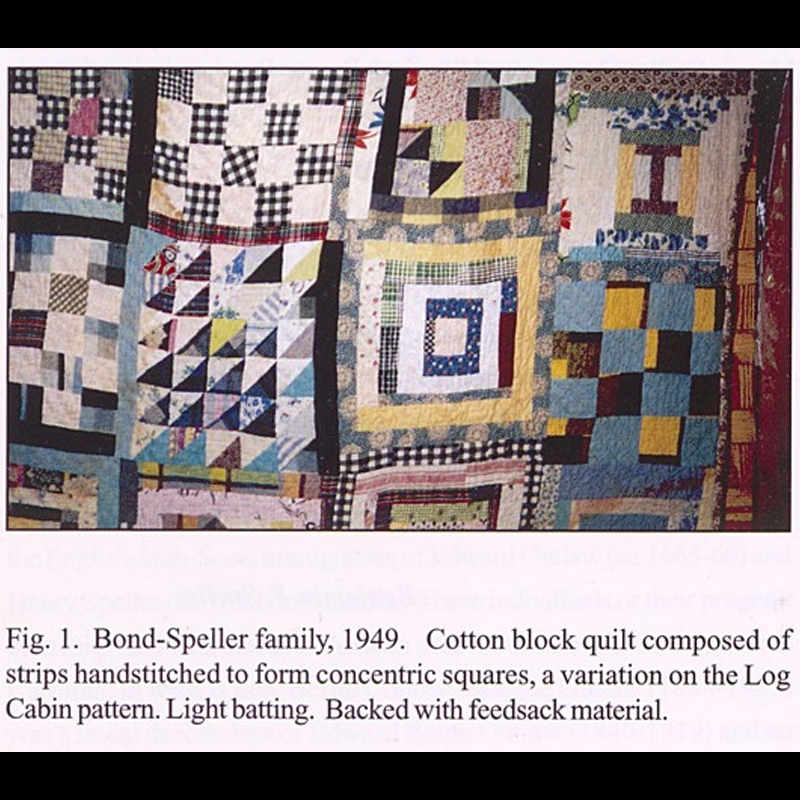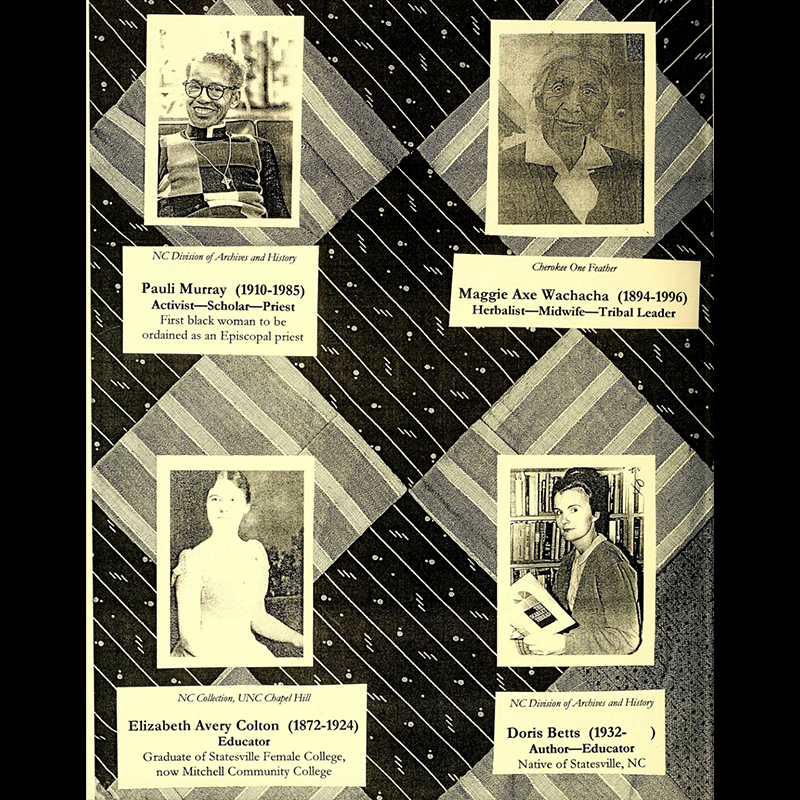Thanks to our amazing partners at the Granville County Public Library, DigitalNC is proud to announce that a brand new collection of Tar Heel history is now available online! This amazing collection includes over seventy new issues of The Norlina Headlight (Norlina, N.C.), as well as three stunning ledger books from the nineteenth century. Both formats offer unique glimpses into different historical aspects of the Old North State, whether it’s news coverage of the second World War or commerce during the Victorian age.

The brand new issues of The Norlina Headlight are at once concentrated and comprehensive. Ranging primarily from 1938 to 1945 (with one issue from 1917!), this collection contains over five hundred pages covering American involvement in World War II, from the advent of appeasement to VE Day and beyond. While The Norlina Headlight operated primarily out of Warren County, the paper’s ambitious scope included syndicated columns and cartoons from across the country, bringing a local touch to popular topics. These issues offer an excellent timeline of popular sentiment in North Carolina during the war, with coverage of both international theaters and domestic spheres. They present a unique glimpse into a single community’s reactions, opinions, and concerns during one of history’s most fraught eras. These new issues will join an existing collection of over four hundred issues already hosted online by DigitalNC, which goes as far back as 1914.
Fans of detailed records may also enjoy the three new ledgers included in this new collection. The ledgers range from 1857 to 1860, and record business conducted within Vance County, North Carolina. Two of the ledgers were written by John H. Riggans as part of his local general store, and both issues have a touching amount of detail within their bindings. For instance, at the start of the 1860 ledger, Riggans makes use of the ex libris page to practice his signature. Several attempts of various styles are recorded, potentially with different types of pen. While it’s unclear which signature Riggans settled on, the books are filled with similar personal touches. While some may view financial records as dry and quantitative, these ledgers contain traces of those that crossed through the stores and taverns of centuries past. Habits, relationships, and daily schedules are recorded on each page, for better or worse (some patrons of the Townsville Tavern, for instance, may be a bit bashful of the quantity of peach brandy they imbibed on Sundry Sunday).
You can find the three new old ledgers online now at DigitalNC here. If you’d like to read through the new issues of the Norlina Headlight, you can find them online at DigitalNC here.
Thanks again to our amazing partners at the Granville County Public Library for making these spectacular records available. You can learn more about Granville County Public Library at their DigitalNC contributor page here, or by visiting their website online here.
Interested in finding more traces of humanity in financial documents? Try exploring DigitalNC’s collections of ledgers, receipts, and other financial records.
